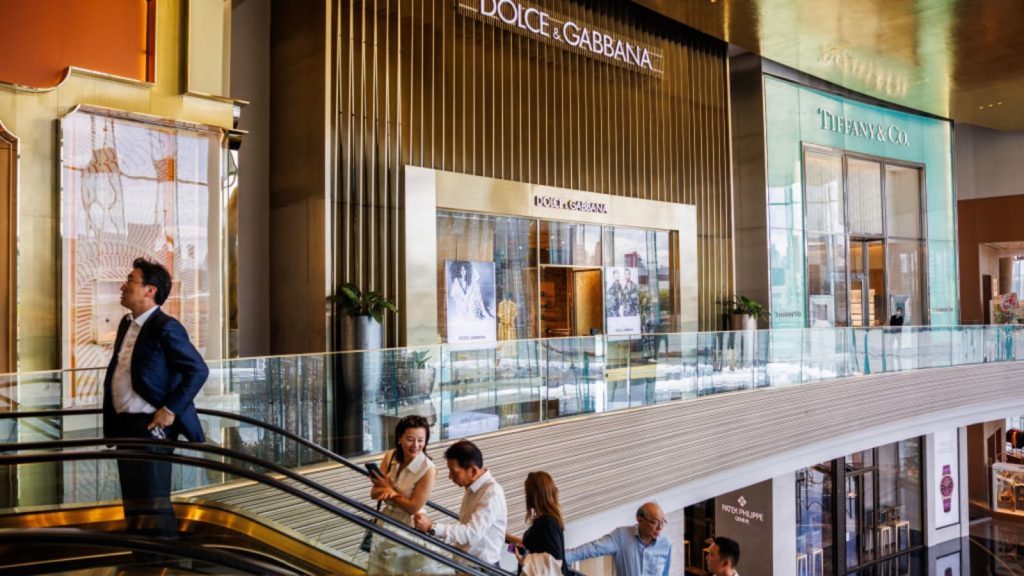
Luxury brands have always had a unique allure, offering not just products but experiences and status. While these high-end goods often carry hefty price tags, they can also present golden opportunities for value investors. In this blog, we’ll explore the potential of investing in undervalued luxury brands and uncover why they might be the hidden gems of your investment portfolio.
The Appeal of Luxury Goods Luxury goods represent quality, craftsmanship, and exclusivity. Brands in this sector create products that are not only aesthetically pleasing but also hold their value over time. The timeless nature and aspirational appeal of luxury items make them attractive to consumers worldwide, contributing to their sustained demand.
Identifying Undervalued Luxury Brands
Market Position and Brand Heritage Brands with a rich history and strong heritage often have a competitive edge. Companies like Burberry or Rolex have built a legacy over decades, if not centuries. Their longstanding reputation and loyal customer base can provide a stable foundation, even when market dynamics shift.
Financial Health and Resilience Luxury brands tend to demonstrate strong financial resilience, even during economic downturns. Look for companies with healthy balance sheets, consistent revenue streams, and strong profit margins. Brands that have weathered economic challenges and emerged strong are often well-equipped to continue their growth trajectory.
Innovation and Adaptation While heritage is crucial, so is the ability to innovate and adapt. Brands that successfully blend tradition with modern trends can capture new market segments. Think of how Gucci revitalized its image by appealing to younger audiences through bold designs and digital engagement. Companies that continuously innovate while maintaining their core values are worth watching.
Market Expansion and Global Reach Luxury brands with a global presence and diversified markets are generally less vulnerable to regional economic fluctuations. Companies that expand into emerging markets, like China and India, can tap into new sources of growth. Assess the brand’s international strategy and its execution to gauge potential.
Sustainability and Ethical Practices Today’s consumers are increasingly conscious of sustainability and ethical practices. Brands that prioritize environmental and social responsibility can build stronger connections with customers. Look for companies that integrate sustainability into their business models, from eco-friendly materials to fair labor practices.
Promising Luxury Brands
Hermès, renowned for its iconic Birkin bags and silk scarves, epitomizes timeless luxury. Despite its premium pricing, the brand consistently achieves robust financial performance, driven by its commitment to craftsmanship and exclusivity. Hermès’ ability to maintain high demand through limited production and impeccable quality makes it a standout in the luxury sector.
LVMH (Moët Hennessy Louis Vuitton) LVMH is a powerhouse in the luxury industry, owning brands like Louis Vuitton, Dior, and Fendi. Its diversified portfolio allows it to mitigate risks and capitalize on various luxury segments. LVMH’s strategic acquisitions and continuous innovation keep it at the forefront of the market.
Ferrari‘s brand extends beyond cars; it represents an aspirational lifestyle. The company’s focus on limited production and high-performance vehicles ensures exclusivity and sustained demand. Ferrari’s expansion into branded merchandise and experiences further strengthens its brand equity.
Burberry’s transformation under strong leadership has revitalized the brand. By blending its rich heritage with modern design and digital engagement, Burberry has successfully attracted a new generation of luxury consumers. The brand’s focus on sustainability and ethical practices also aligns with current consumer trends.
Strategies for Investing in Luxury Brands
Conduct In-Depth Research Thoroughly research the brand’s history, financial health, market position, and growth strategy. Understanding the nuances of each brand helps identify those undervalued by the market.
Diversify Your Investments Investing in luxury brands can be rewarding but also carries risks. Diversifying your portfolio across multiple brands and sectors can help mitigate those risks and enhance potential returns.
Monitor Market Trends Stay informed about market trends and consumer behavior. Shifts in consumer preferences, economic conditions, and global events can impact the luxury market. Being aware of these trends can inform your investment decisions.
Adopt a Long-Term Perspective Luxury brands often take time to appreciate in value. Adopting a long-term perspective allows you to ride out market fluctuations and benefit from the brand’s growth over time. Patience and persistence are key to successful value investing in this sector.
Value investing in luxury goods requires a keen understanding of market dynamics, brand heritage, financial resilience, and consumer trends. By identifying undervalued luxury brands with strong growth potential, investors can tap into the timeless appeal and enduring value of high-end products. Whether it’s the elegance of Hermès, the innovation of LVMH, or the exclusivity of Ferrari, luxury brands offer unique opportunities for savvy value investors to build a resilient and rewarding portfolio.
